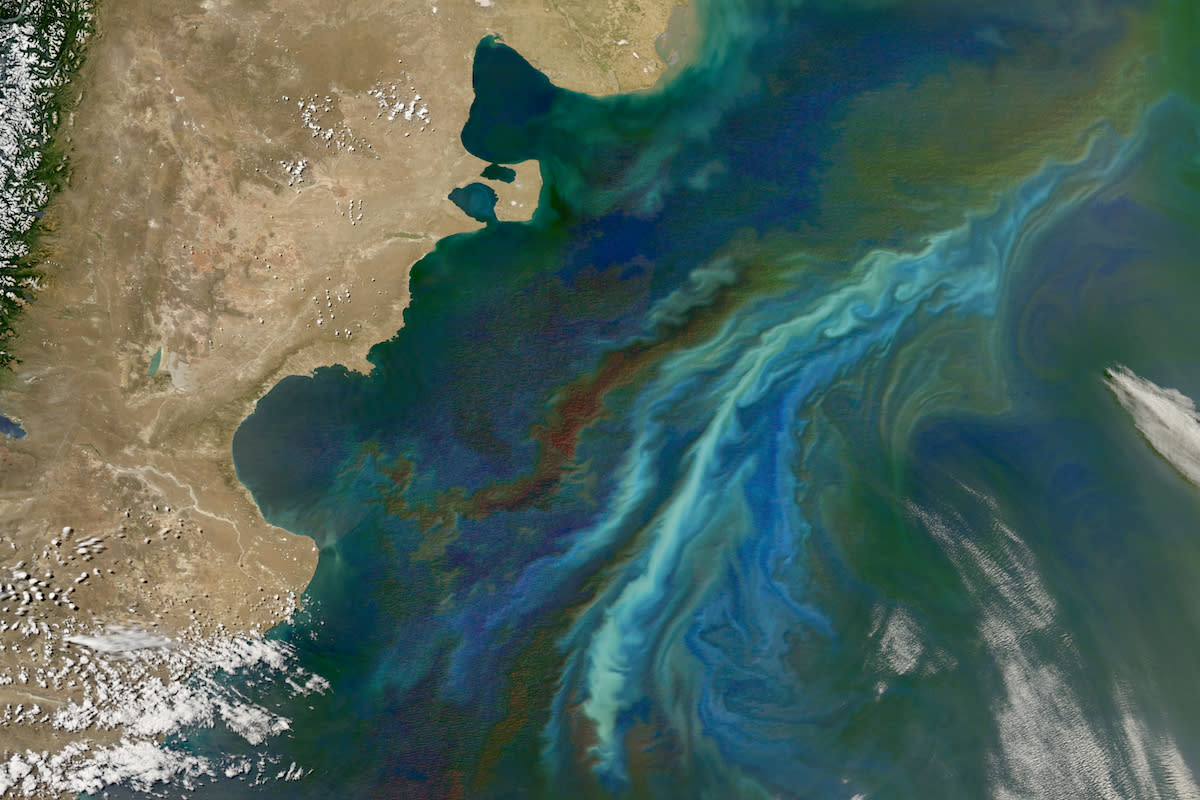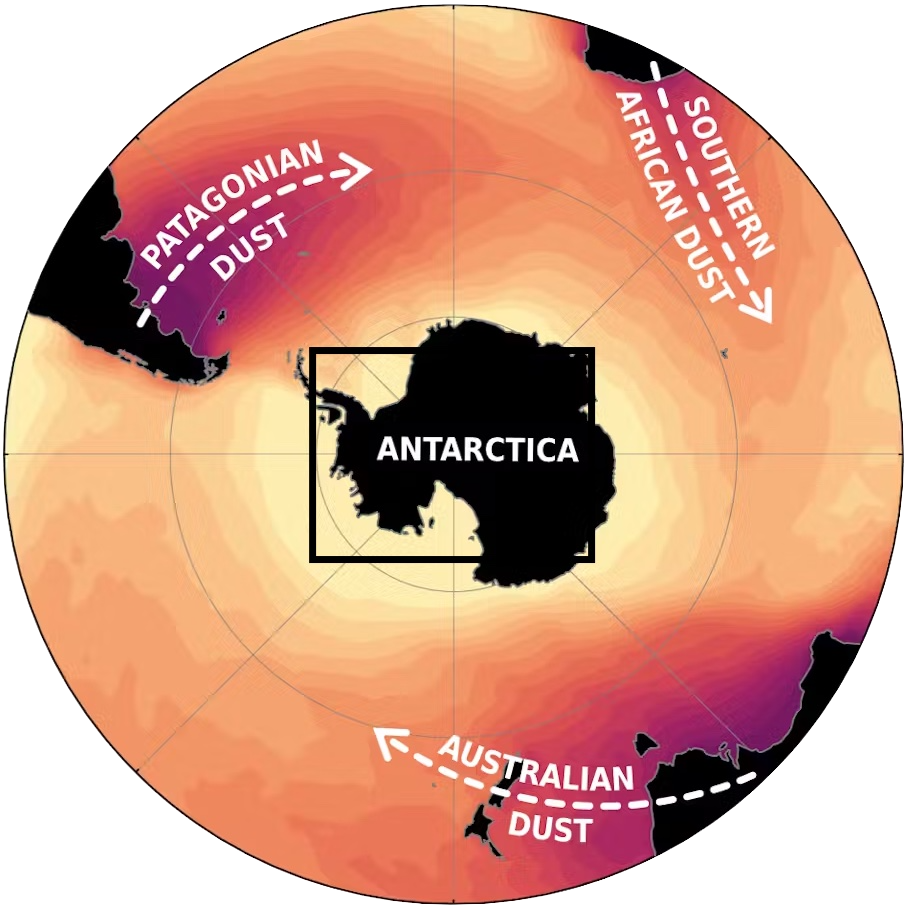Windborne Dust Is Helping the Southern Ocean Soak Up Our Emissions

Windborne dust is spreading across the Southern Ocean, fueling plankton blooms that absorb our emissions. A new study reveals the full impact of dust on plankton.
In total, the world’s oceans take up around a third of our carbon emissions, and of that, the Southern Ocean absorbs the lion’s share. Most of that carbon dioxide simply dissolves into the water, but some is consumed by phytoplankton and buried at sea. When plankton die, they sink deep into the ocean, locking away carbon for decades or centuries.

Like us, phytoplankton need iron, and in the Southern Ocean they draw a good measure their iron from dust that arrives on westerly winds from Australia, Patagonia, and southern Africa. Until now, however, it wasn’t clear how much phytoplankton depend on this dust.
To find out, scientists deployed a fleet of floating robots to measure levels of nitrate, another key nutrient for phytoplankton, at more than 13,000 locations across the Southern Ocean. When the level of nitrate dropped, they inferred, it was because a plankton bloom had gobbled it up.
By comparing data on plankton blooms with a model of airborne dust, scientists determined that dust supports around a third of the phytoplankton growth in the Southern Ocean. The findings were published in Nature.
To help draw down carbon, some scientists have proposed fertilizing the seas with iron to further spur the growth of phytoplankton. Writing in The Conversation, study authors said, “Our results suggest such a strategy could boost productivity in the least dusty parts of the Southern Ocean.” Though, they said, it is not entirely clear what impact this strategy would have on marine life or how effective it would it would in sequestering carbon.

